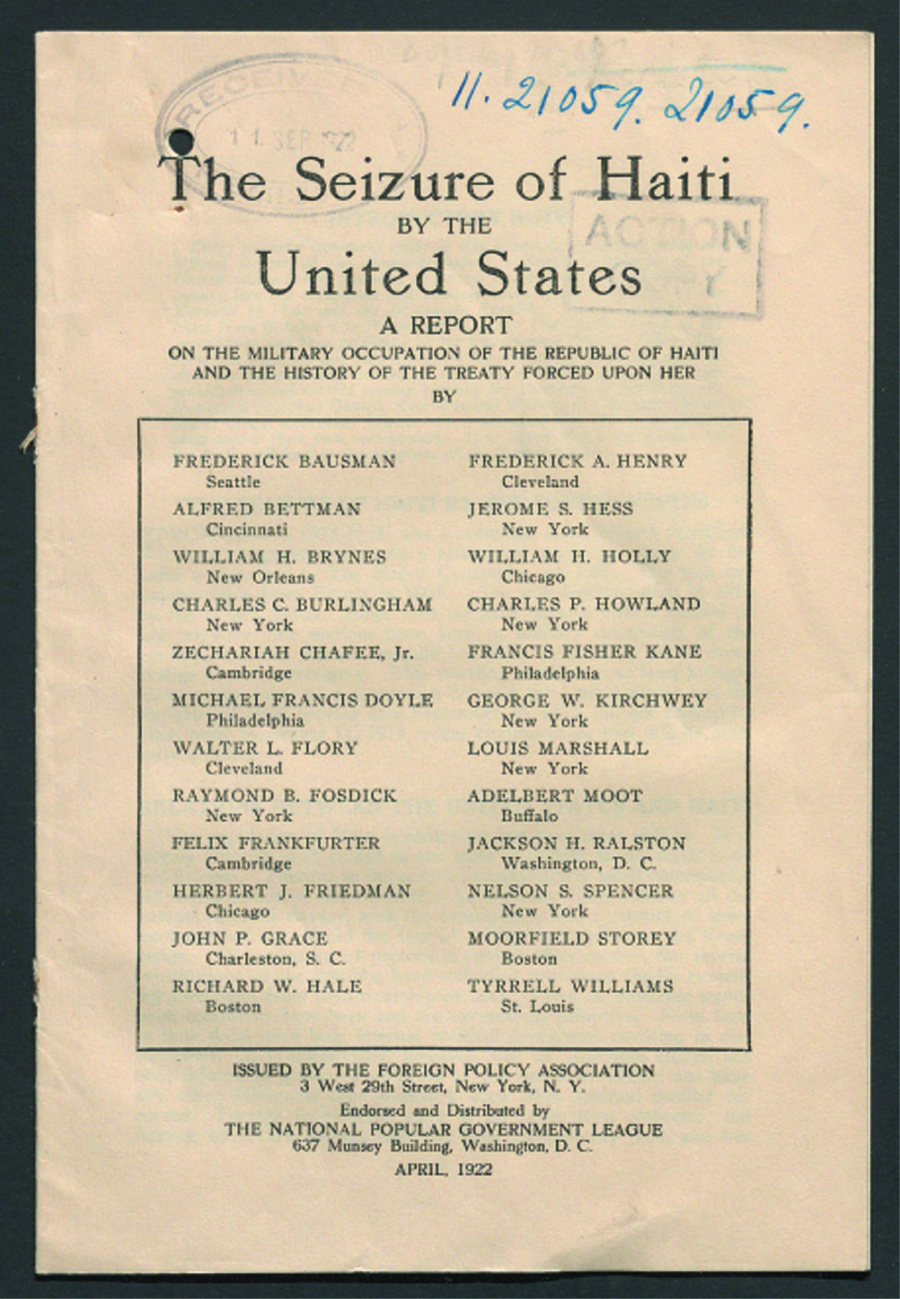Walter Lynch (1595-1663) was born into an Irish aristocratic family in the Clonfert parish town of Galway. His schooling began there but, as was common at the time, he was later sent to an Irish boarding school in Lisbon due to the Penal Code that limited Catholics to receive higher education at home. He studied Theology in Paris where he was ordained a priest*, and received his doctorate from the Sorbonne. His family ascendants had held many mayoral posts in the city as the first bridge there was built by members of the Lynch family in 1443. The family also had a leading role in the building of the local Collegiate Church of St Nicholas in 1320 and the Chapel of Our Lady, built in 1561.
The famous painting in the Hungarian town of Gyor is a serene image of the crowned Virgin gazing lovingly at her sleeping child. Its provenance is a mystery, but many people insist Bishop Lynch brought it from his native Galway where an empty stone framework in the Lynch family tomb of the Church of St Nicholas is mooted as its original home. Many landmark events have occurred linked to the painting that has become an important Marian shrine for European, local and other pilgrims and dedicated services continue to be held to venerate the Irish Madonna.
It has been placed in the Cathedral of Gyor since 1663 when after a sudden illness and on his deathbed, Bishop Walter Lynch bequeathed his painting to the Bishop of Gyor, whom he first met in Vienna, as a mark of friendship and gratitude for the welcome and great assistance he received during the harsh times of an Irish bishop in exile. Bishop Lynch lived in Gyor from 1655 until his death in 1663 and was interred in the crypt of Gyor Cathedral.
In 1996 Pope John Paul II prayed at the shrine in Gyor. In 2000 the President of Ireland, Mary McAleese, also visited. In 2005 the Irish Minister of State for Housing, Noel Ahern, and the Irish Ambassador to Hungary, Brendan McMahon, accompanied by two priests from Ireland, unveiled a plaque in memory of the Bishop of Clonfert. After a tortuous journey that badly affected his health, he had arrived there 350 years earlier following his escape via the island of Inishbofin in Co. Galway to Flanders, fleeing from the curse of Cromwell. His exile followed the ‘Act for Banishing All Papists Exercising Ecclesiastical Jurisdiction, and All Regulars of the Popish Clergy out of this Kingdom’.
History of the Irish Madonna
Known as the ‘Tearing Madonna of Gyor’, also called Consoler of the Afflicted, a lengthy and informative wall plaque hangs next to the now richly-decorated, late-baroque altar shrine. It recounts that the painting came here providentially from Ireland, the Isle of Saints, as it was called at the time. It was on St Patrick’s Day, March 17th, 1697 during the time of great suffering in Ireland that the picture shed blood and tears from 6 to 9 a.m witnessed by the faithful attending early mass. News of the extraordinary event quickly spread and the inhabitants of many confessions hastened to the Cathedral. Even the military of the border-guard led by captain general Heister Siegbert were there and gazed in astonishment at the event. They were the first to hold the painting in great veneration.
The church authorities took the picture from the wall, examined it but failed to find any natural reason for the phenomenon. The bloody tears continued to flow even during the examination. They were blotted with a fine linen cloth which, a century later, was set in an ornamental silver frame. Though the blood stains are already faded, they are still discernible on the cloth. The authenticity of the event is beyond dispute. It was registered not only in the episcopal records but also mentioned in the cash book of the Tailors’ Guild and in the diary of a Gyor citizen. Another mentions the event in his chronicle, adding that in the same year as the blood shedding, the picture was venerated in Vienna for a few months and even carried around in procession.
The inhabitants of Gyor were fond of the noble, charitable and devout prelate and after his death the Madonna was hung on the north side wall of the Cathedral. The faithful loved to pray before the simple picture mounted on a wooden plaque. Veneration of the picture lives on among the faithful. In 1947, on the 250th anniversary of the blood shedding, thousands of faithful and the whole Hungarian Episcopate went there on pilgrimage. Since then the priests of Gyor gather there on 17th March every year, the faithful come on the following Sunday. On April 16th 1983, following the footsteps of Walter Lynch, the Archbishop of Armagh and Primate of Ireland, Thomas Cardinal O’Fiaich, the Bishop and the Cardinal’s Secretary, Msgr. Clyne, went there on pilgrimage and celebrated Holy Mass together.
In 1997, to mark the 300th anniversary of the Madonna’s tears of anguish, the Bishop of Clonfert John Kirby visited Gyor, where he declared: The kindness shown to Bishop Walter Lynch has led to an unusual link between the small Irish rural diocese of Clonfert and the large Hungarian diocese of Gyor … It has shown us the value of friendship and the way that the consideration shown to a refugee can deepen the understanding between peoples who might otherwise never have known each other.
Inscriptions on the cloth conclude … ‘We offer this cloth to the Glory of God and the honour of the Virgin Mary and all the Saints’. Gyor, 20th May 1704.
Ita Marguet, August 2016
Note: Acknowledgement is given to all sources used in this text including History of the Tearing Madonna of Gyor. It follows several articles on Ireland’s historical connections to Europe and beyond including the Irish Colleges in Europe*





